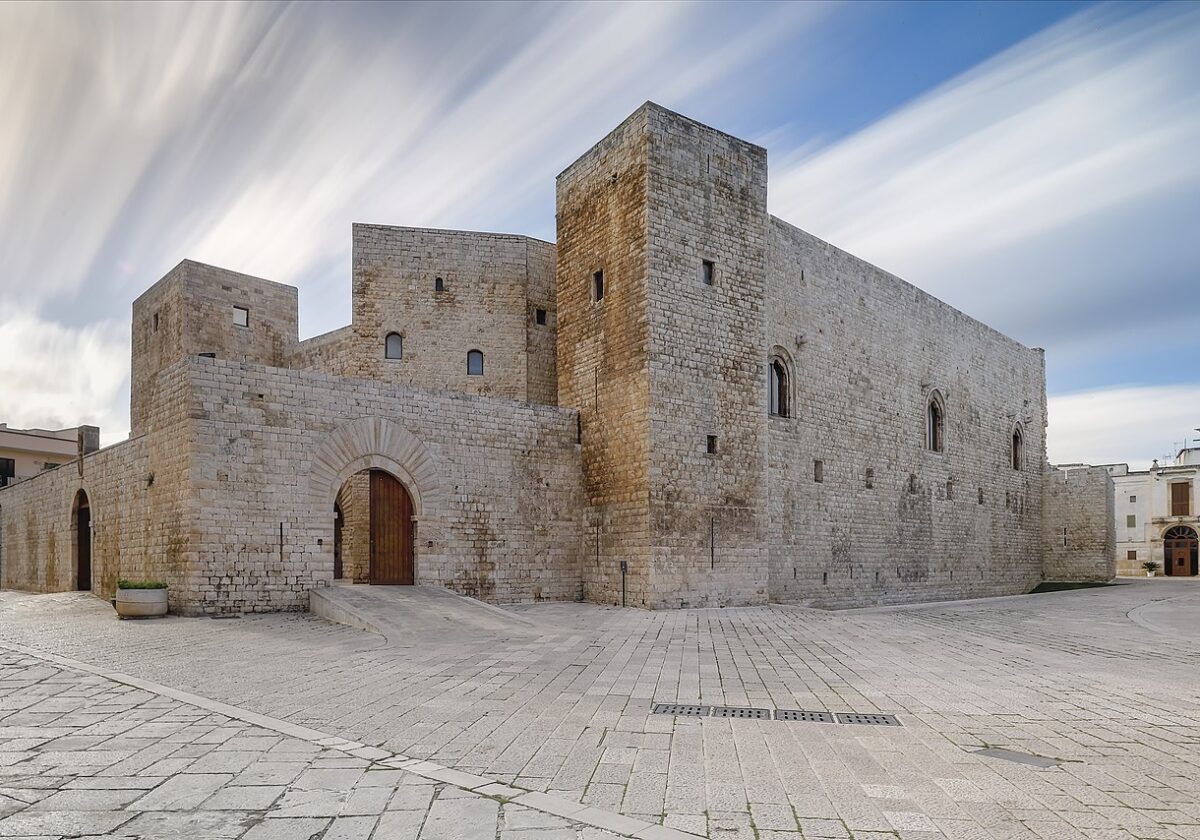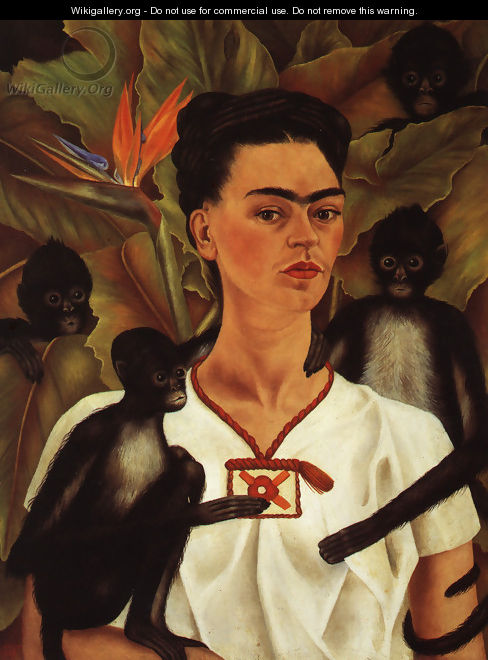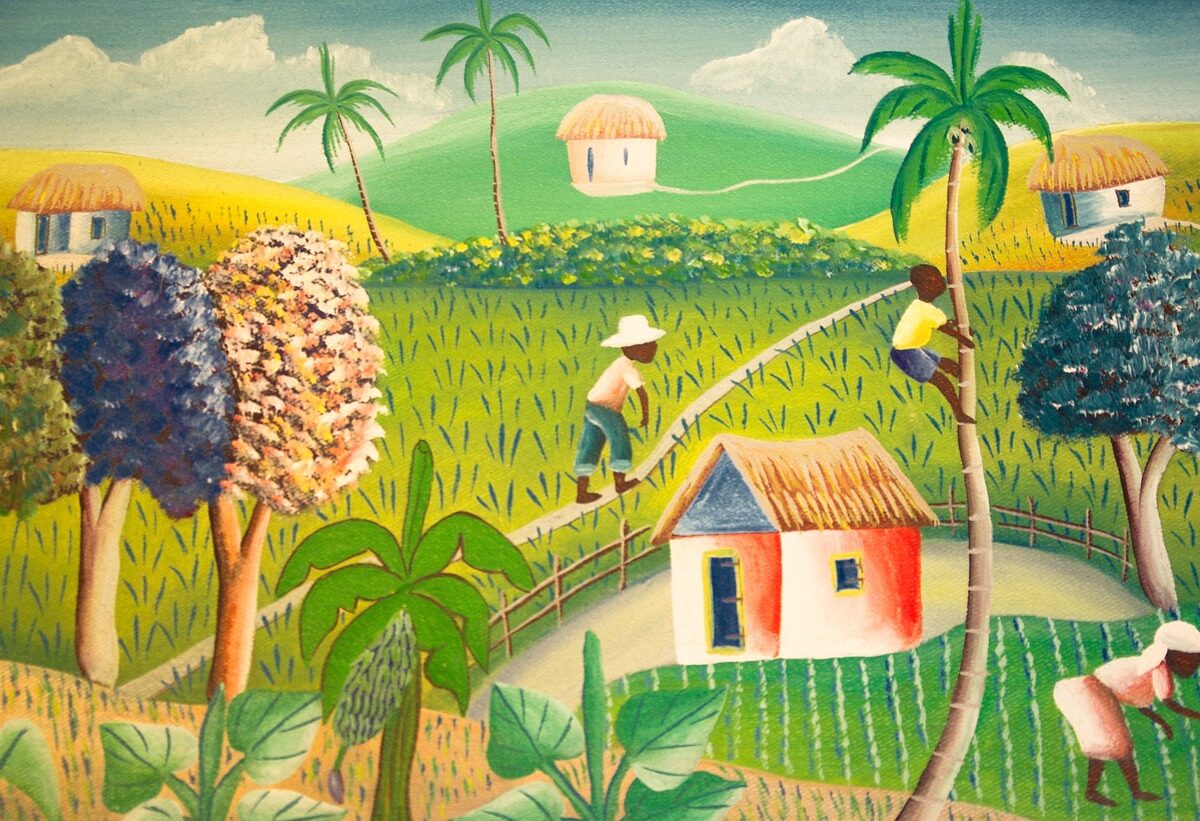His new novel, “Back to Blood,” is set in Miami and focuses on immigration and bloodlines. It’s due out in fall 2010 from Little, Brown & Co.
“I kept hearing about immigration. There are a lot of great stories about how people got into this country illegally,” Mr. Wolfe said in a telephone interview from his New York City office. “I was more curious about what’s the life of immigrants once they’re here.”
Miami is the perfect setting for his novel.
“It’s the only city I’ve been able to find … where more than half the population are recent immigrants — people who have come to the country in the last 50 years,” he said.
Cubans are a powerful constituency.
“You have people from another country with a different language and a very different culture coming into Miami and dominating it politically through the voting machine,” Mr. Wolfe said. “Only in America could people from a foreign country with a foreign language and foreign culture establish themselves so quickly in 30 years.”
Miami teems with Cubans, Haitians, Russians and newcomers from Nicaragua, Honduras and Venezuela.
Educated people are streaming into Miami from Venezuela because their country’s leader, Hugo Chavez, wants to emulate Fidel Castro.
Immigrants continue to change the city’s neighborhoods.
“What used to be called ‘Little Havana’ in Miami seems to be dominated by Central Americans, generally Nicaraguans and Hondurans. That’s quite a change,” he said.Then there’s Hialeah, a separate city near Miami in Dade County. Originally a town of 200 people in the early 1920s, it attracted the rich and famous after a gorgeous horse track was built there in 1925.
In 1959, Hialeah’s population began exploding when Cubans who fled Castro’s regime landed there and today, it’s the fifth largest city in Florida with 225,000 people.
The racetrack is closed.
“It’s a symbol of the old Anglo establishment,” Mr. Wolfe said. “In Florida, that’s the term for white Americans of European ancestry.”
“In an odd way, Hialeah, this rich, gorgeous place popping up on the prairie, is like the Cuban immigration,” he added.
People speak of immigration in Florida in terms of vintages, he said.
The Cubans who arrived in the 1960s were sophisticated, educated and well-to-do.
“They set up businesses very quickly. Cubans tend to be very entrepreneurial. They certainly did well,” Mr. Wolfe said.
“So many businesses have been developed by Cubans that instead of Latins having to break into American business networks, it’s the other way around.”
In 1980, the Mariel boatlift allowed working class Cubans to land in Florida, including criminals and mental patients. But the people who arrived here from Cuba in 1980 had lived under Communist rule for a long time.
“They were not used to working hard because no matter how hard you worked you were not going to be rewarded. So why beat your brains out?” the author said.
Interestingly, Miami’s police force is quite representative of its racial makeup.
“Just about 70 percent of the police are Latino (and probably more than 50 percent are Cuban); 18 percent are African-American and 12 percent are American whites or Anglos,” the author said.
Read more: www.post-gazette.com






Thank-you Valerie for thi article, I just love Tom Wolfe's novels and can't wait to read this latest,
A wonderful day to you,
Sylvie Madeleine